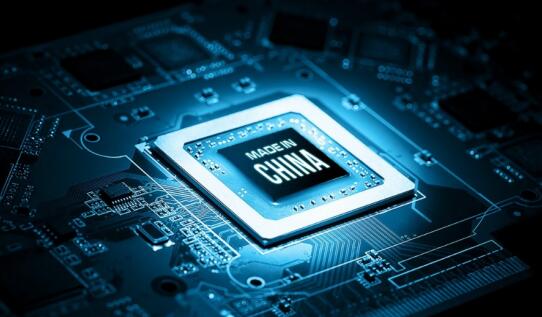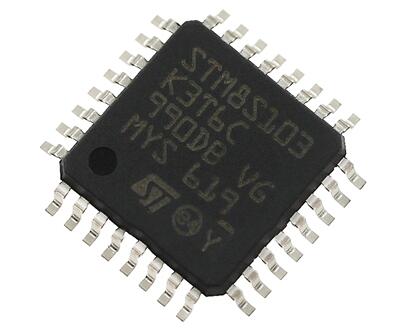Development of IC Packaging Technology
The earliest integrated circuits used ceramic flat packaging, which continued to be used by the military for many years because of reliability and small size. Commercial circuit packaging soon changed to dual in-line packaging, starting with ceramics and then plastics. In the 1980s, the pins of VLSI circuits exceeded the application limitations of dip packaging, and finally led to the emergence of pin grid array and chip carrier.
Surface mount packaging appeared in the early 1980s and became popular in the late 1980s. It uses finer pin spacing, and the pin shape is seagull airfoil or J-type. Taking small outline integrated circuit (SOIC) as an example, it has 30-50% less area and 70% less thickness than the same dip. This package has seagull airfoil pins protruding on two long sides, with a pin spacing of 0.05 inches.
Small outline integrated circuit (SOIC) and PLCC package. In the 1990s, although PGA packaging was still often used in high-end microprocessors. PQFP and thin small outline package (TSOP) become common packages for high pin count devices. The high-end microprocessors of Intel and AMD have changed from PGA (pine grid array) package to land grid array (LGA) package.
Ball grid array packaging began to appear in the 1970s. In the 1990s, cladding ball grid array packaging with more pins than other packaging was developed. In the FCBGA package, the die is flipped up and down and connected to the solder ball on the package through a base layer similar to the PCB rather than a wire. FCBGA packaging makes the input and output signal array (called I / O area) distributed on the surface of the whole chip, rather than limited to the periphery of the chip. In today's market, packaging has become an independent part, and the packaging technology will also affect the quality and yield of products.












